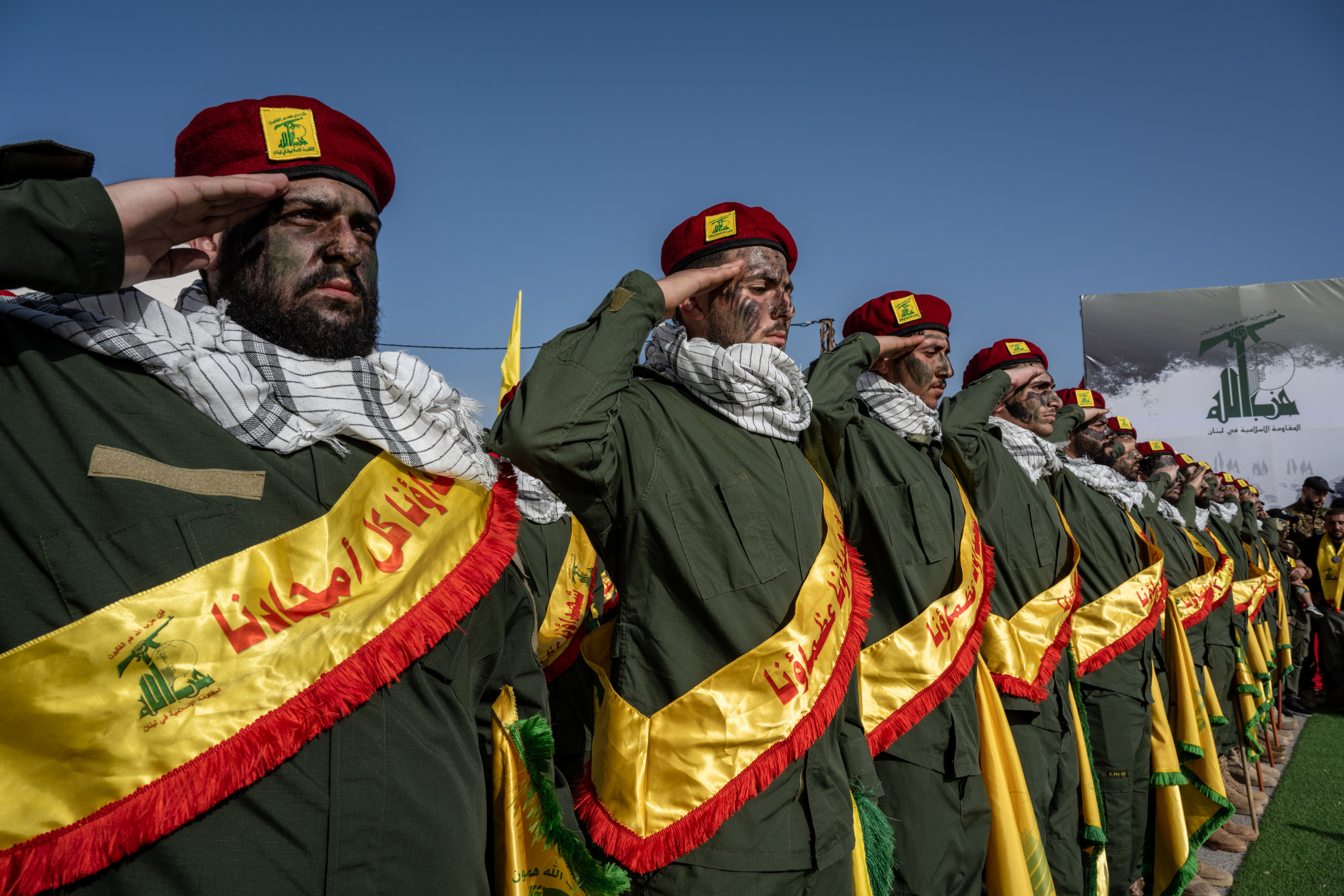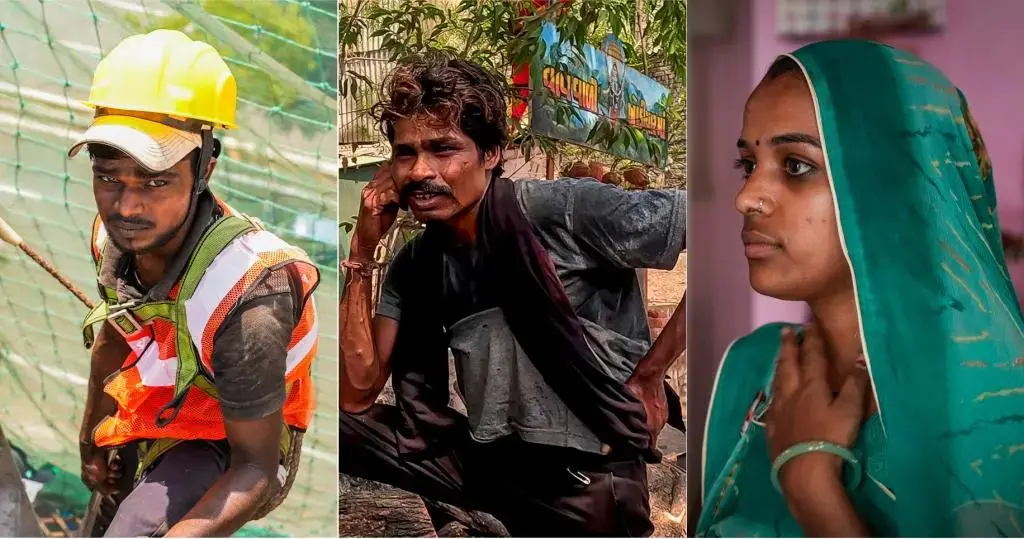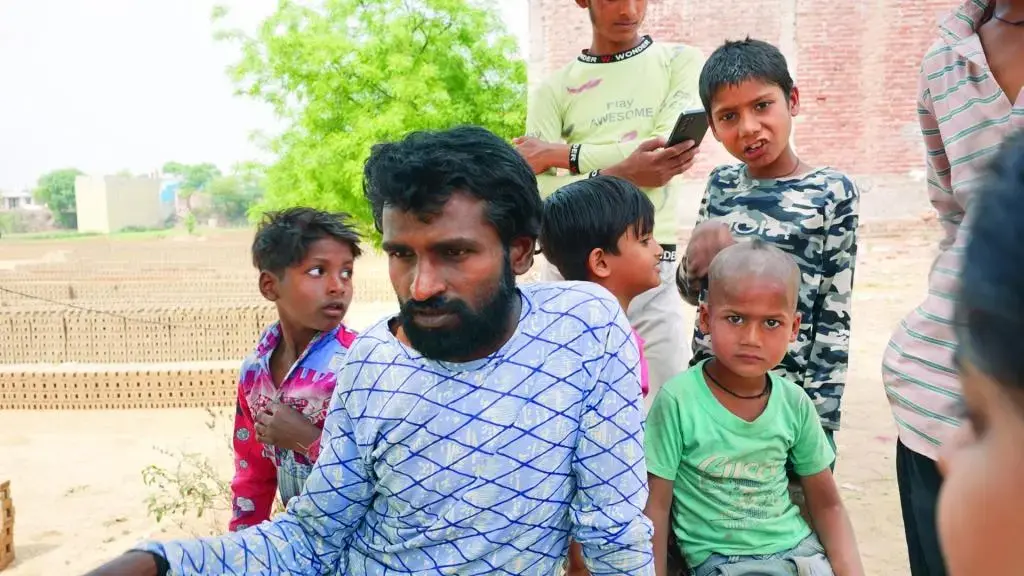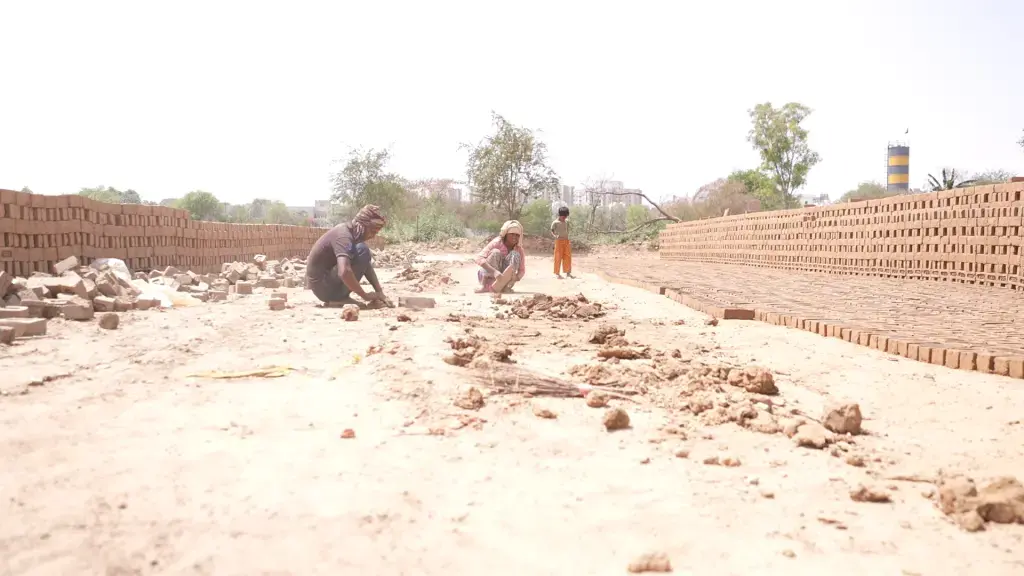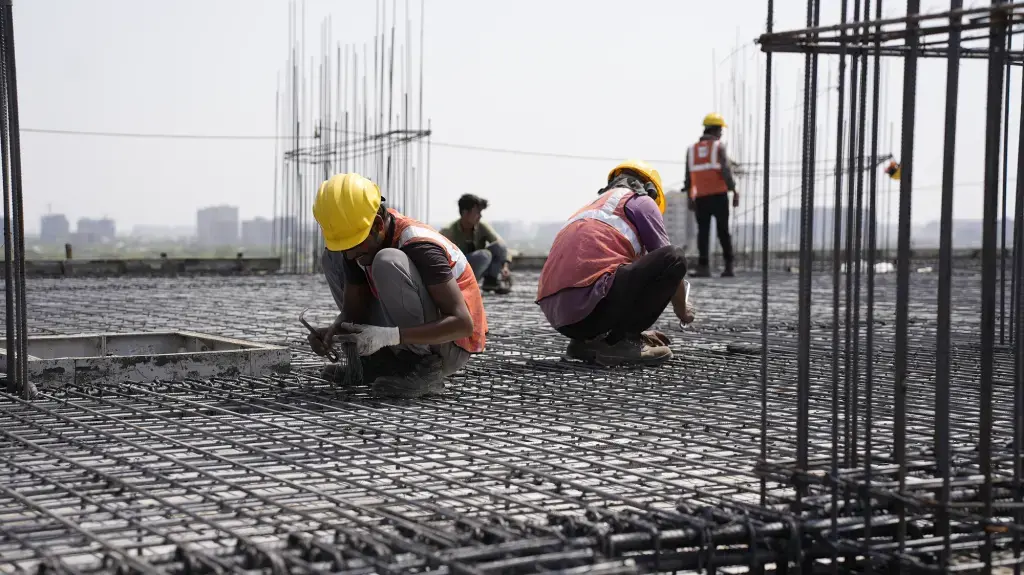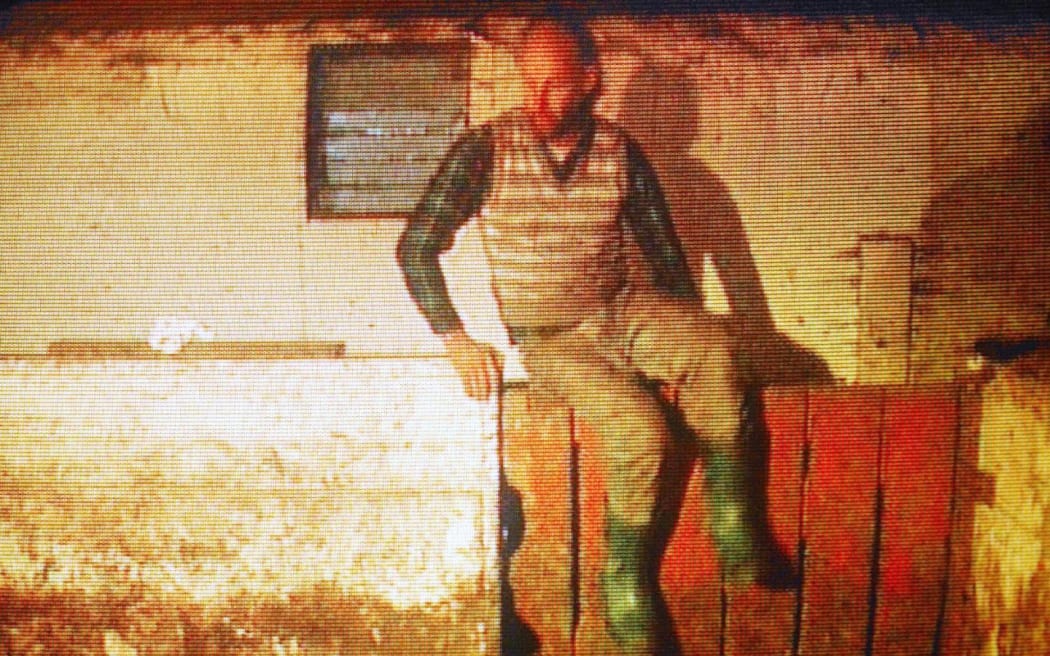
This frame grab from an undated Global Television broadcast shows pig farmer Robert William Pickton inside a barn on his pig farm in Port Coquitlam, Canada. Photo: AFP / Global Television
Canadian serial killer Robert Pickton, who took female victims to his pig farm during a crime spree near Vancouver in the late 1990s and early 2000s, has died after being assaulted in prison, authorities said Friday. He was 74.
The Correctional Service of Canada said in a statement that Pickton, an inmate of Port-Cartier Institution in the province of Quebec, died in hospital following injuries in the 19 May assault involving another inmate. He was one of Canada's most notorious serial killers and his case made international headlines.
A 51-year-old inmate was in custody for the assault on Pickton, police spokesman Hugues Beaulieu said earlier this month.
Robert "Willie" Pickton was convicted of six counts of second-degree murder and sentenced to life in prison in 2007, with the maximum parole ineligibility period of 25 years, after being charged with the murders of 26 women.
Police began searching the Pickton farm in the Vancouver suburb of Port Coquitlam more than 22 years ago in what would be a years-long investigation into the disappearances of dozens of women from Vancouver's seediest streets, sex workers and users of drugs abandoned on the margins of society.
The remains or DNA of 33 women were found on the farm. Pickton once bragged to an undercover police officer that he killed a total of 49 women.
During his trial, prosecution witness Andrew Bellwood said Pickton told him how he strangled his victims and fed their remains to his pigs. Health officials once issued a tainted meat advisory to neighbours who might have bought pork from Pickton's farm, concerned the meat might have contained human remains.
Cynthia Cardinal, whose sister Georgina Papin was murdered by Pickton, said Pickton's death means she can finally move on from her sister's murder.
"This is gonna bring healing for, I won't say all families, I'll just say most of the families," she said. "I'm like - wow, finally. I can actually move on and heal and I can put this behind me."
Vancouver police were criticised for not taking the cases seriously because many of the missing were sex workers or users of drugs.
Canada's correctional service said it was conducting an investigation into the attack on Pickton.
"The investigation will examine all of the facts and circumstances surrounding the assault, including whether policies and protocols were followed," the service said in the statement. "We are mindful that this offender's case has had a devastating impact on communities in British Columbia and across the country, including Indigenous peoples, victims and their families. Our thoughts are with them."
Pickton's confirmed victims were six: Sereena Abotsway, Mona Wilson, Andrea Joesbury, Brenda Ann Wolfe, Papin and Marnie Frey.
"Earlier today, I was made aware of the death of an inmate at Port-Cartier Institution," Public Safety Minister Dominic LeBlanc said in a statement. "At this time, my thoughts are with the families of the victims of this individual's heinous crimes."
At the time of Pickton's sentencing, British Columbia Supreme Court Justice James Williams said it was a "rare case that properly warrants the maximum period of parole ineligibility available to the court."
- AP
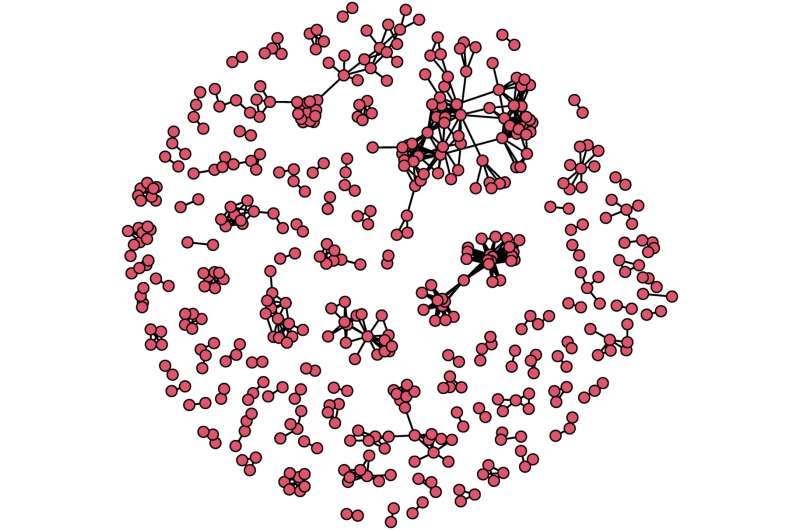



 Mark Zuckerberg, CEO of Meta, testifies before the Senate Judiciary Committee at the Dirksen Senate Office Building on January 31 in Washington, D.C. Meta has been accused of censoring pro-Palestinian content in a new lawsuit.... More ANNA MONEYMAKER/GETTY IMAGES
Mark Zuckerberg, CEO of Meta, testifies before the Senate Judiciary Committee at the Dirksen Senate Office Building on January 31 in Washington, D.C. Meta has been accused of censoring pro-Palestinian content in a new lawsuit.... More ANNA MONEYMAKER/GETTY IMAGES NEWSLETTERThe Bulletin
NEWSLETTERThe Bulletin